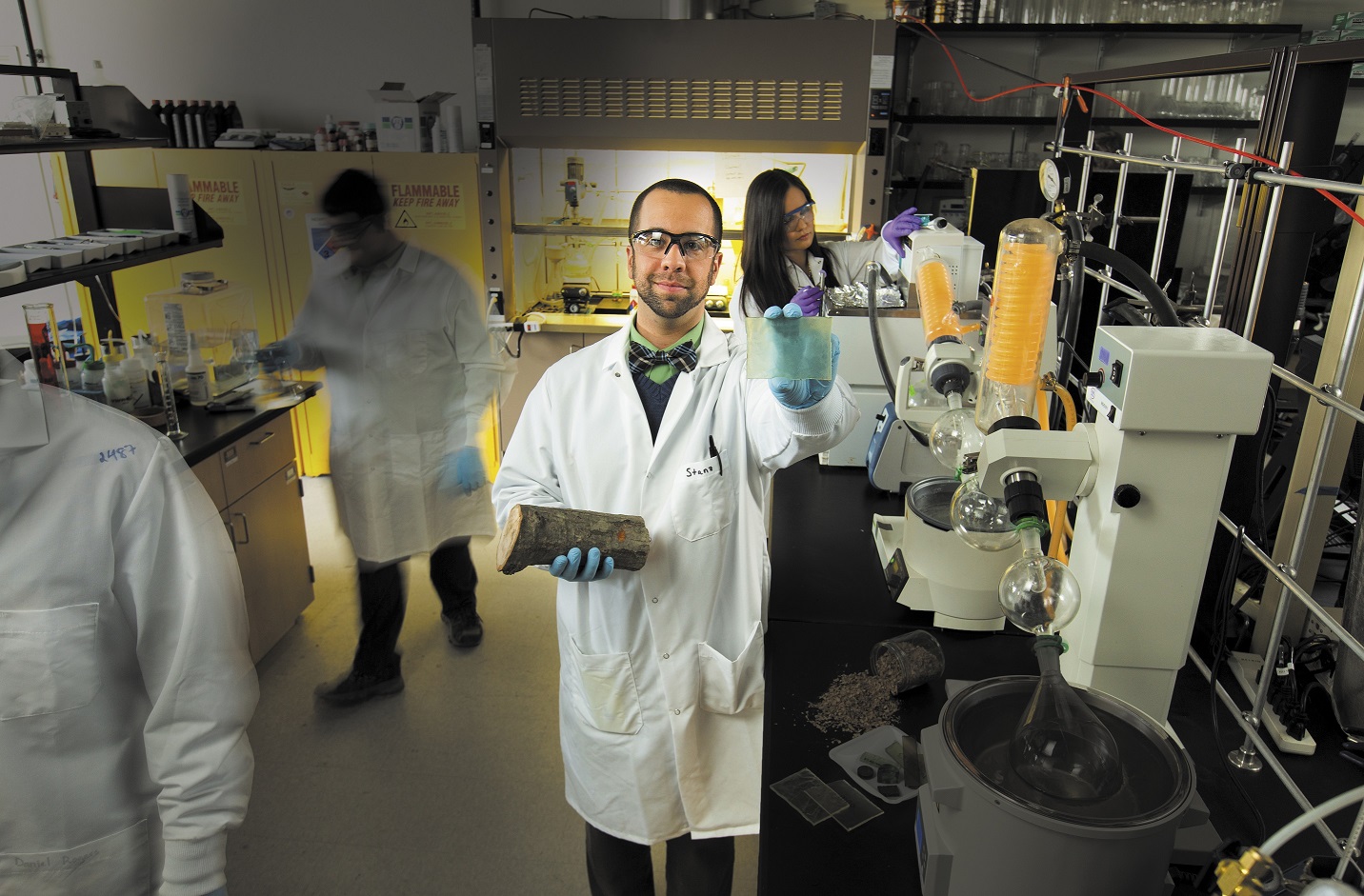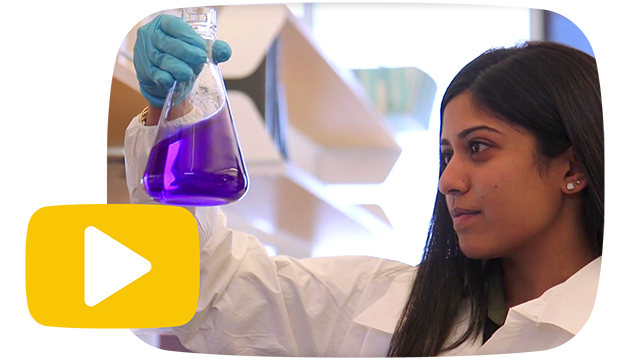Fourth-fastest growing: Right where we want to be
Fourth-fastest growing: Right where we want to be

Just 10 years ago, Rowan University could describe itself as a well-regarded state university with a nationally ranked engineering program and a proud history as a teachers’ college.
Today, Rowan is a dramatically different institution: an R2 public research university and a model for strategic change. For two years running, Rowan has been recognized by The Chronicle of Higher Education as the nation’s fourth fastest-growing public research university.
Enrollment nearly doubled between 2008 and 2020, the result of a careful investment in research, while remaining focused on building high-quality undergraduate programs designed to meet the needs of a fast-changing world.
To get here, Rowan broke norms, operated like a business and maintained a laser focus on controlling costs—for both the University and its students.
“Affordability is critical,” said President Ali A. Houshmand, Ph.D. “As a state institution, we have the obligation to provide access, affordability and a quality education to everybody.”
Unique partnerships, creative thinking
Through unique partnerships with two community colleges, Rowan University forged new pathways toward a bachelor’s degree at a significant cost savings for students, without sacrificing quality.
In turn, Rowan shared its name and reputation with the independently operated colleges, now Rowan College of South Jersey and Rowan College of Burlington County.
Creative thinking also fueled a public-private partnership between investors, Rowan University and Glassboro, home to the University’s main campus.
Out of 26 acres of mostly privately owned student rental properties came Rowan Boulevard, a mixed-use cityscape that rapidly met the University’s need for modern student housing and academic space, while attracting new businesses and visitors to a revitalized downtown. Today, that bold investment and public-private partnership has raised local tax revenues for that space from approximately $200,000 a year to more than $4 million—all through private investment.
In 2012, New Jersey passed legislation to restructure its medical and health sciences educational system, designating Rowan as its second comprehensive public research university. That summer, Rowan opened Cooper Medical School of Rowan University in Camden, N.J., the state’s first new medical school in 35 years.
Dedicated to urban health care and community service, Cooper Medical School of Rowan University has been ranked among the top 10 most selective in the country, according to U.S. News & World Report. In 2019, the school won the prestigious Spencer Foreman Award for Outstanding Community Engagement from the Association of American Medical Colleges, the accrediting body for U.S. medical schools.
In 2013, in accordance with state legislation, the University integrated the School of Osteopathic Medicine in Stratford, N.J. Rowan is now one of only three universities in the country offering both the M.D. and D.O. degrees, doing its part to address the looming physician shortage by producing more than 250 new physicians each year.
Nurturing research
Spurred to further innovate, Rowan expanded its research division, attracting fast-rising faculty interested in solving real-world problems through applied research. Ten of its researchers are recipients of the National Science Foundation’s CAREER Award, among the country’s most prestigious recognitions for early-career faculty.
The Henry M. Rowan College of Engineering continues to rank among the nation’s best engineering programs and is now 17th in its category, according to U.S. News & World Report. In just three years, nine projects from engineering faculty earned national funding from the NSF Innovation Corps program, designed to bring researchers’ ideas to the marketplace.
In 2018, Rowan received classification as a Carnegie R2 doctoral university with high research activity, a distinction shared with just 135 universities of 4,300 institutions of higher education. Its academic programs now include 90 bachelor’s, 48 master’s, two professional and eight doctoral degree programs. More graduate programs are under development.
Throughout its growth, according to Georgetown University’s Beeck Center for Social Impact + Innovation, Rowan University never lost sight of its mission to prepare undergraduates for the workforce, particularly first-generation students.
“By seeking new sources of revenue, affiliating with other colleges, and looking for ways to grow enrollment without taking on the added cost of building and maintaining more than it had to, Rowan was able to carefully manage the bottom line,” the report concluded.
Undeterred by the onset of the pandemic, the University aggressively planned for the safety and well-being of the University and opened in fall 2020 with a hybrid learning model, as well as housing for 4,100 students who opted to live on campus. In the earliest days of the pandemic, faculty and student researchers raced to produce face masks and intubation shields for local health care providers in desperate need of personal protective equipment.
Continuing along that effort, the University recently pivoted on short notice to open a COVID-19 vaccination center staffed with student and faculty volunteers. About 2,400 front-line health care workers received their first dose during its first two weeks of operation.
Right where we want to be
In the University’s recent accreditation review, the Middle States Commission on Higher Education gave Rowan glowing remarks in all areas, stating that Rowan is a “model for institutional transformation.” Unsatisfied with incremental growth and change, the institution continues to press forward, leapfrogging traditional thinking and innovating higher education.
While planning for the future, the University remains ever mindful of its roots: an institution founded to prepare its students for much-needed jobs. As a top 100 public research university, Rowan is an economic driver in its region, focused on practical research and creating new pathways to fit students of every background—so that every student can obtain a higher education degree and an opportunity for a better future.
